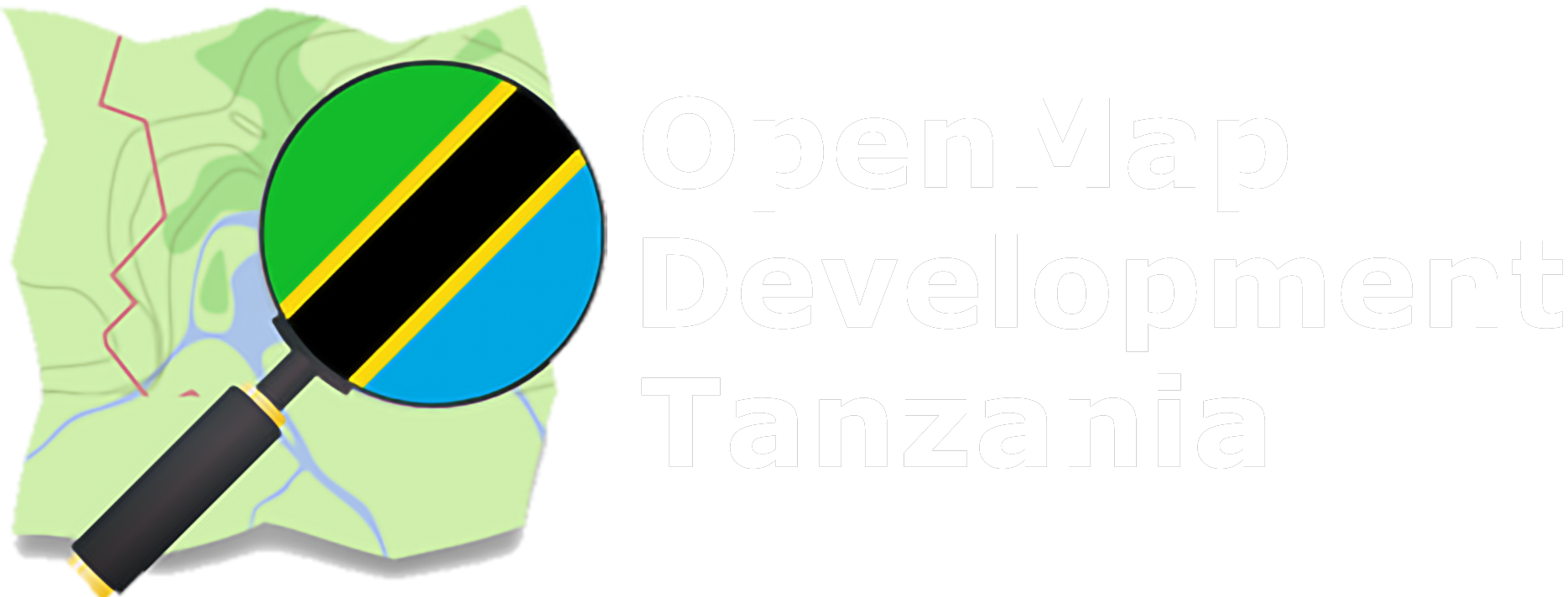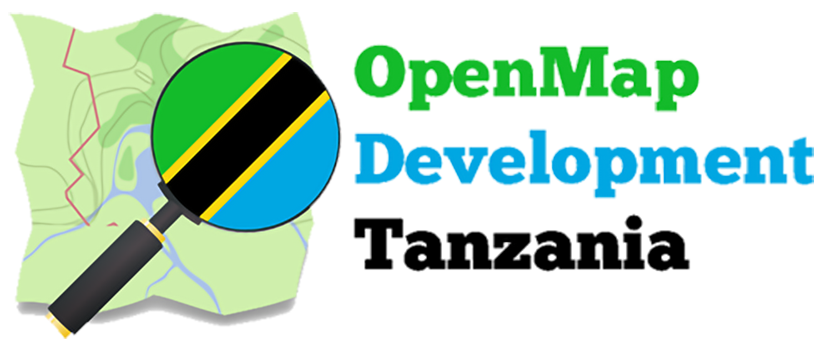The World Food Programme (WFP) in Tanzania funded OpenMap Development Tanzania
(OMDTZ) to conduct a detailed mapping survey of mills across Tanzania and collect information
about mills including locations, distribution, capacity, fortifications, and commodities milled by
specific machines. The national milling census was undertaken to create GIS data for micro, small,
medium, and large mill enterprises in Tanzania. The aim of the census was to create an up-to-date
and reliable data for thousands of small and medium scale mills, as many Tanzanian households
depend on every day for their maize meal, forming 40% of household calories on average. Prior to
the mapping exercise, the available data was scattered across different wards and was not
frequently updated.
The information gathered from this census is designed to help WFP and key partners particularly
the Government of Tanzania, to understand the assessment of nutrition and food security within
the country and be able to develop relative interventions as needed. Specifically, the data will be
instrumental to the government and development partners in increasing access to fortified and
nutritious foods in the country and supporting the government’s efforts toward mandatory
fortification.
The methodology approaches used were open-source tools and community mapping. Over 1000
community members from different regions of the country were trained to collect milling
machines’ information and add them to OpenStreetMap (OSM). This is a free and editable map of
the world where one can add information and download data for different uses. The census was
only based on cereals and tuber mills. Cereals included maize, wheat, rice, and sorghum, except
for edible oils. The tubers covered cassava only. Further, the fortification status was also assessed.
The census examined 31 regions of Tanzania mainland and Zanzibar. The final output of the
census was creation of an online interactive web map. The census report and web map have been
validated by a technical committee drawn from the National Food Fortification Alliance (NFFA)
technical committees.
Key findings of the mapping exercise recorded a total of the 33,721 mills surpassing the
anticipated initial number of about 13,000 mills with a vast majority of mills (97.3%) privately
owned by individuals. Within the mills counted, the census further recorded 55,801 individual
processing machines which include hammers, rollers, pins, disks and dehullers (counted
individually) and rice milling machines
Results showed that milling machines differ in terms of capacity, functionality, and type of
products milled with hammer type as the most dominant, accounting for 32,349 (57.97%) of all
processing machines, followed by Dehuller with a count of 16,042 (28.75%). Most millers get
power from the main national grid even though there are urban/rural divides. There is also a
gendered dimension to mill ownership with only 6% of millers being women.
Challenges persist in fortification with majority of micro, small and medium millers not fortifying
maize and wheat. Large millers do fortify both maize and wheat, however, they are the minority.
It is recommended to conduct awareness arising and increase the knowledge of fortification
throughout the country. Promoting innovation is important and needs to be encouraged to increase
fortification in the sector. Lastly, additional studies and assessments need to be conducted on
regular basis to keep the information up to date and monitor important variables to better inform
the sector.

